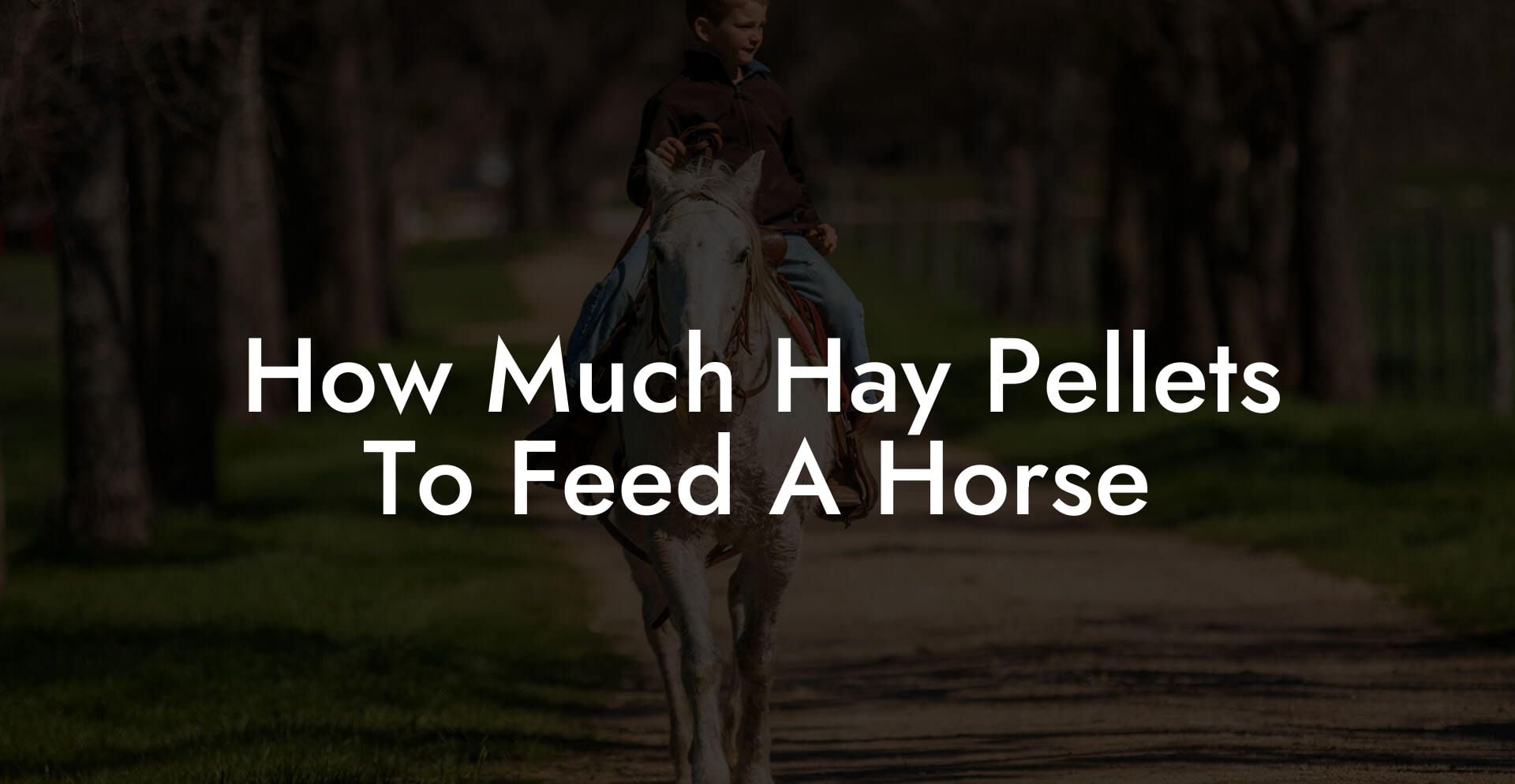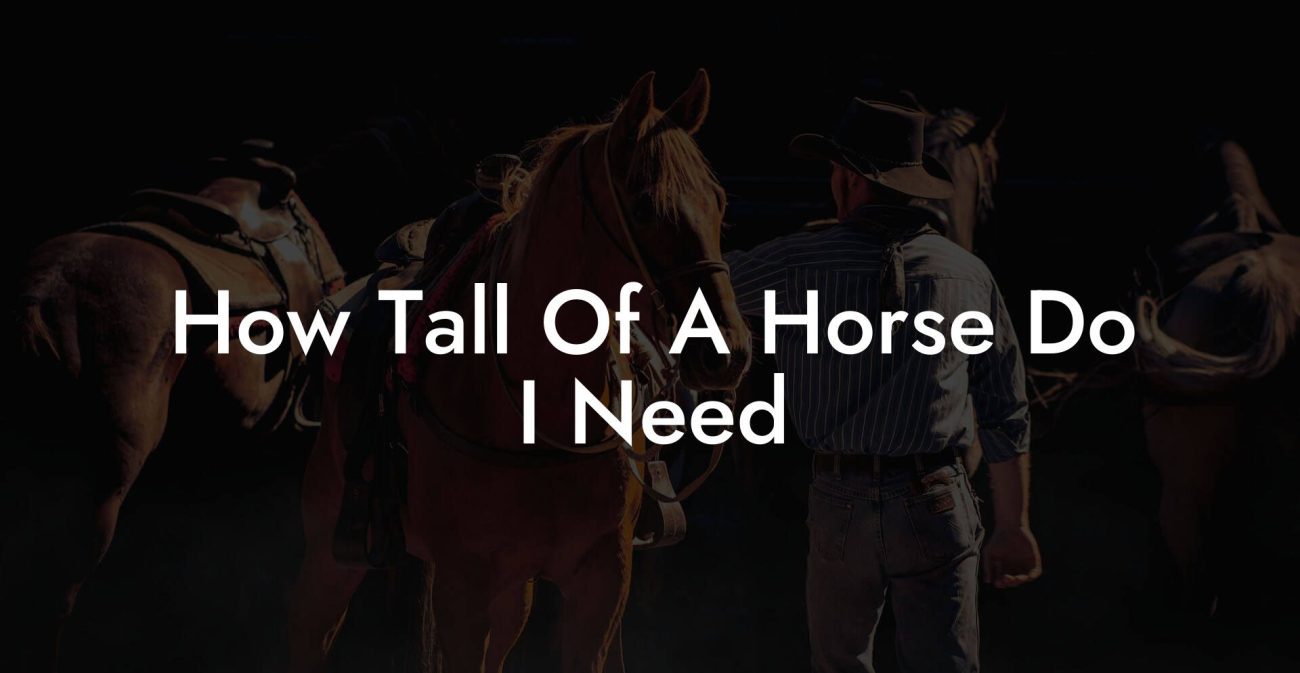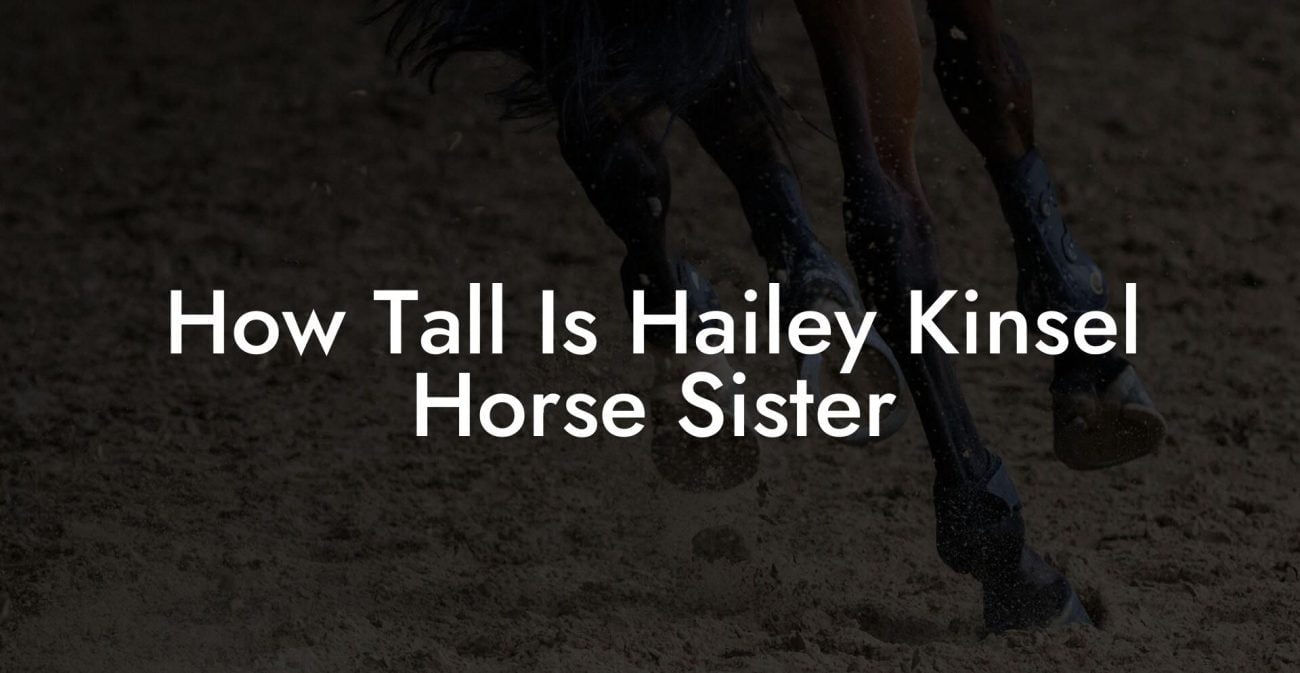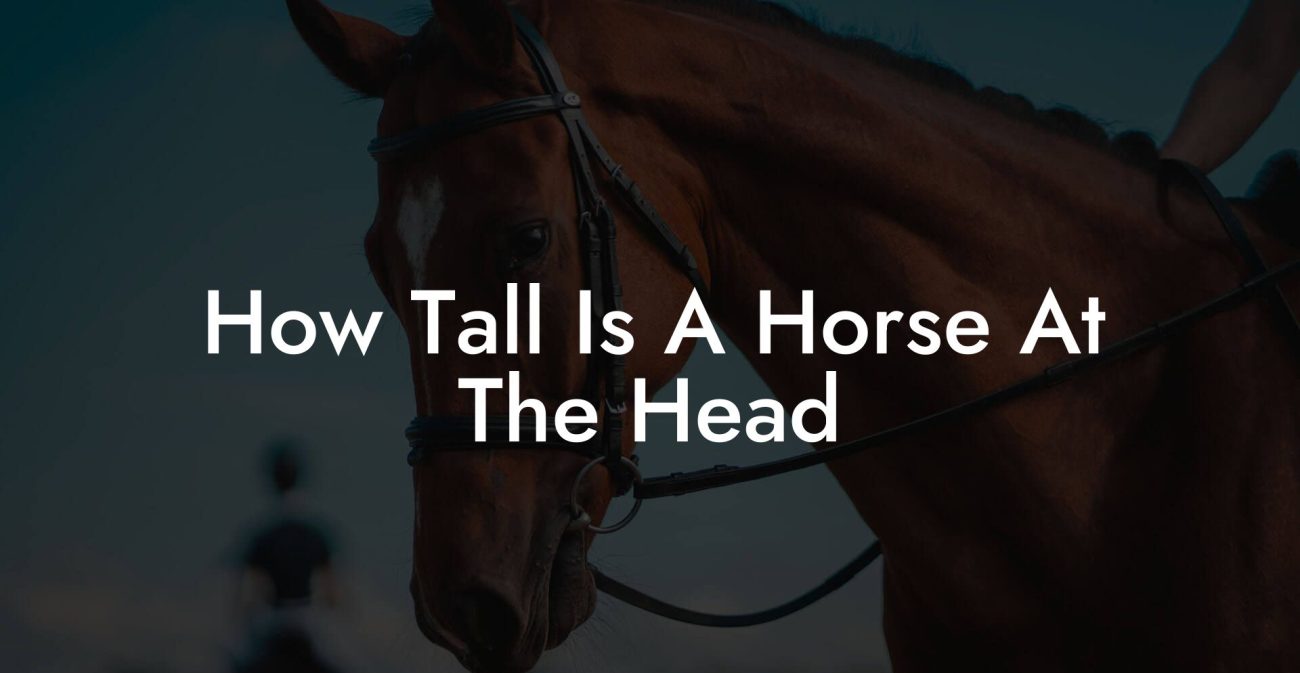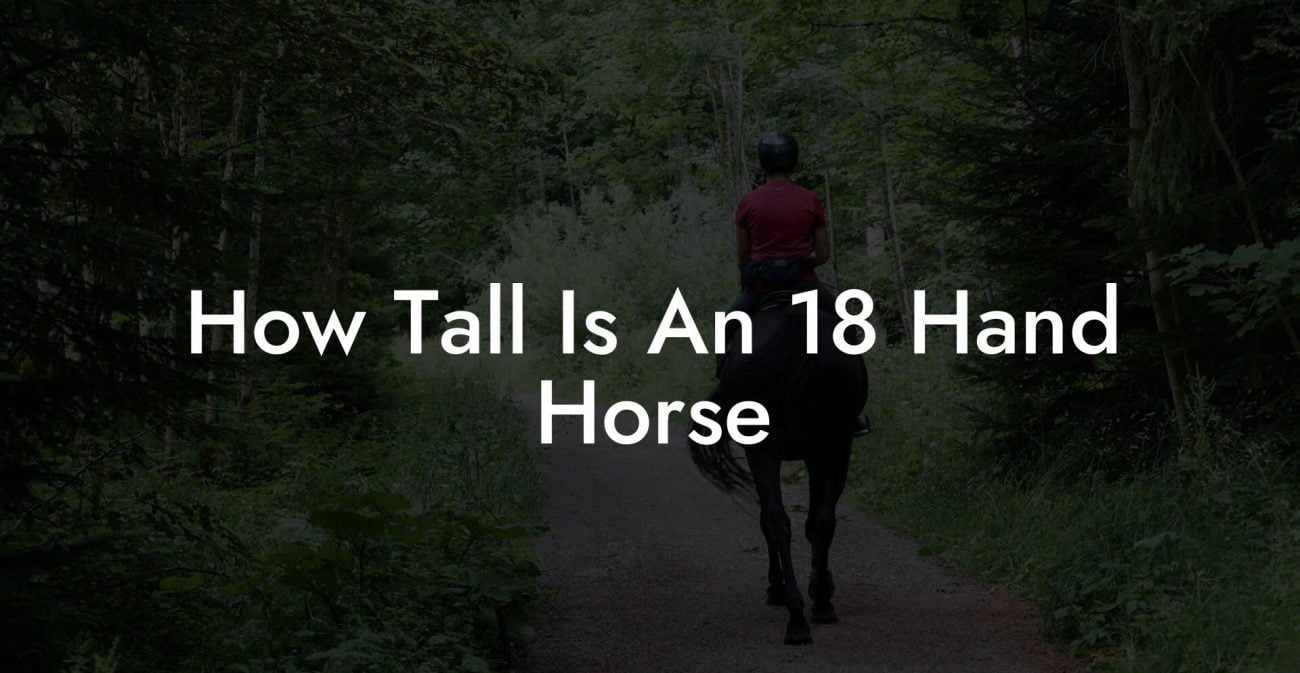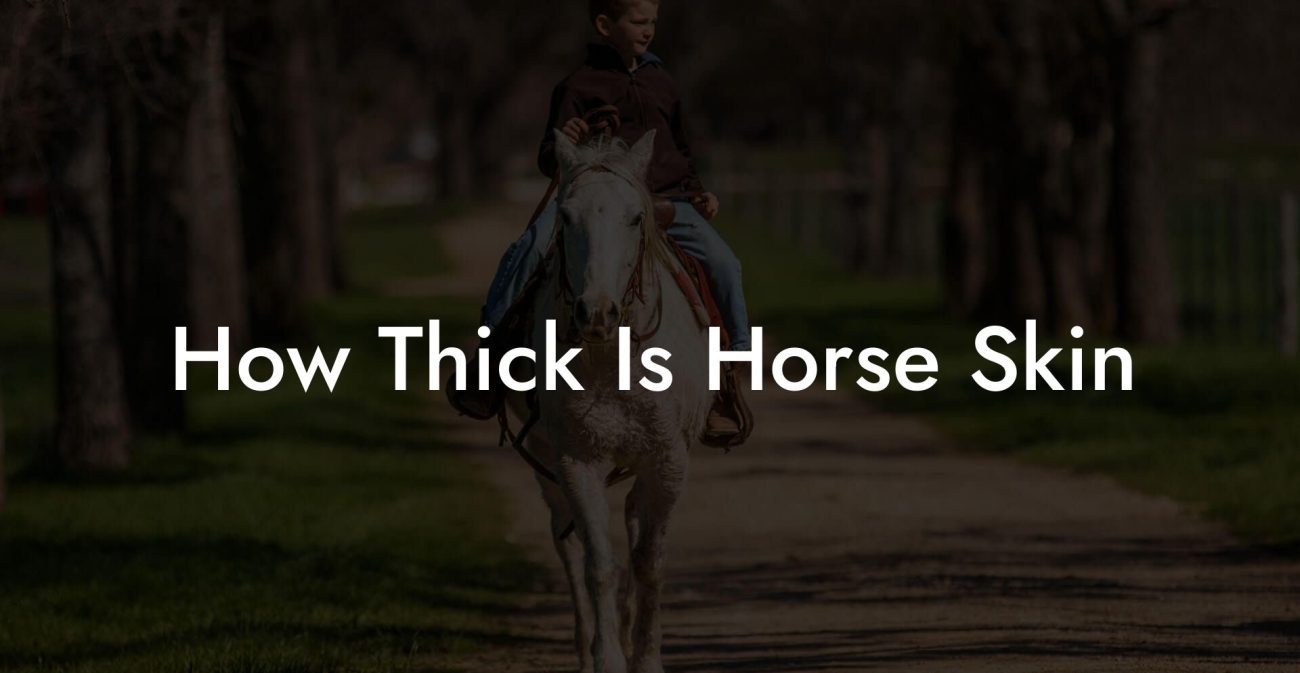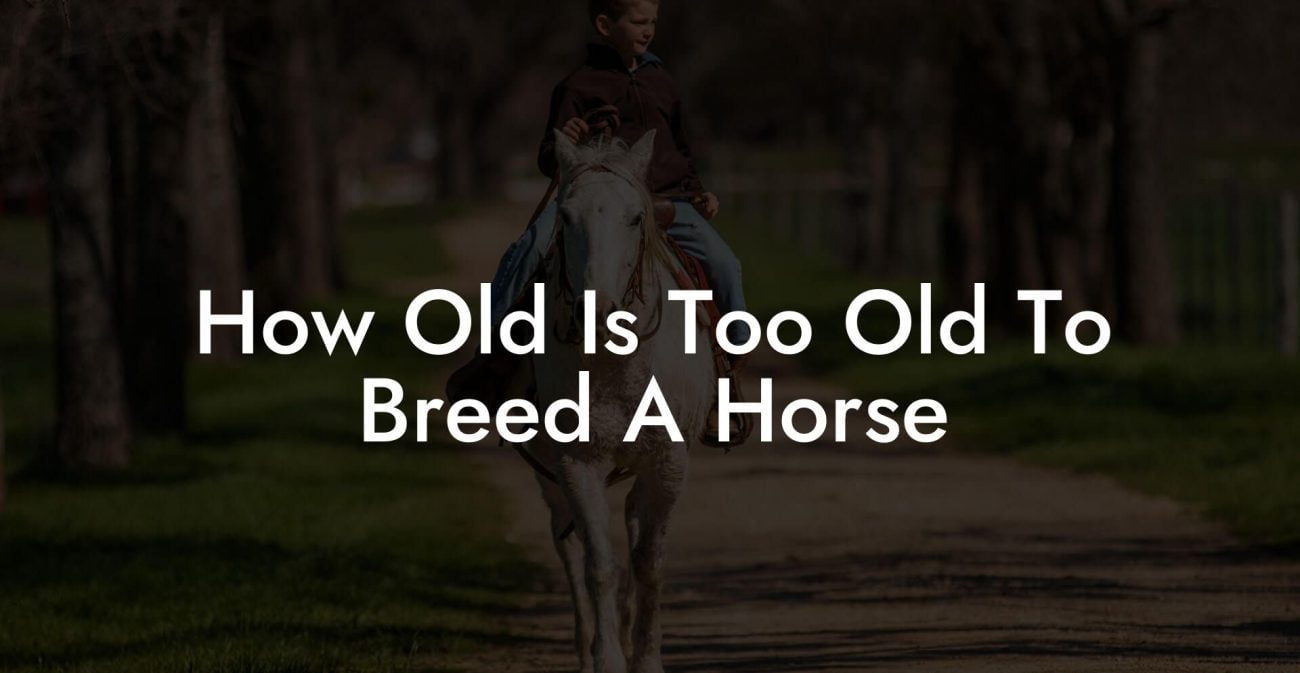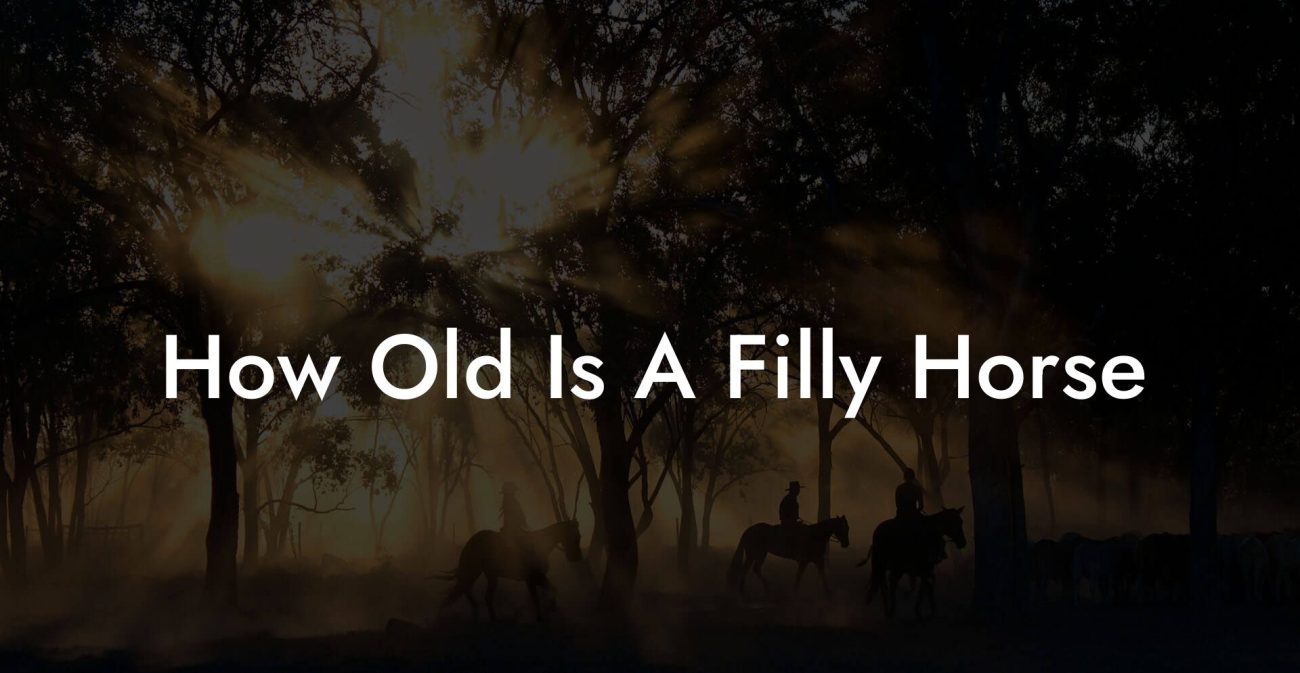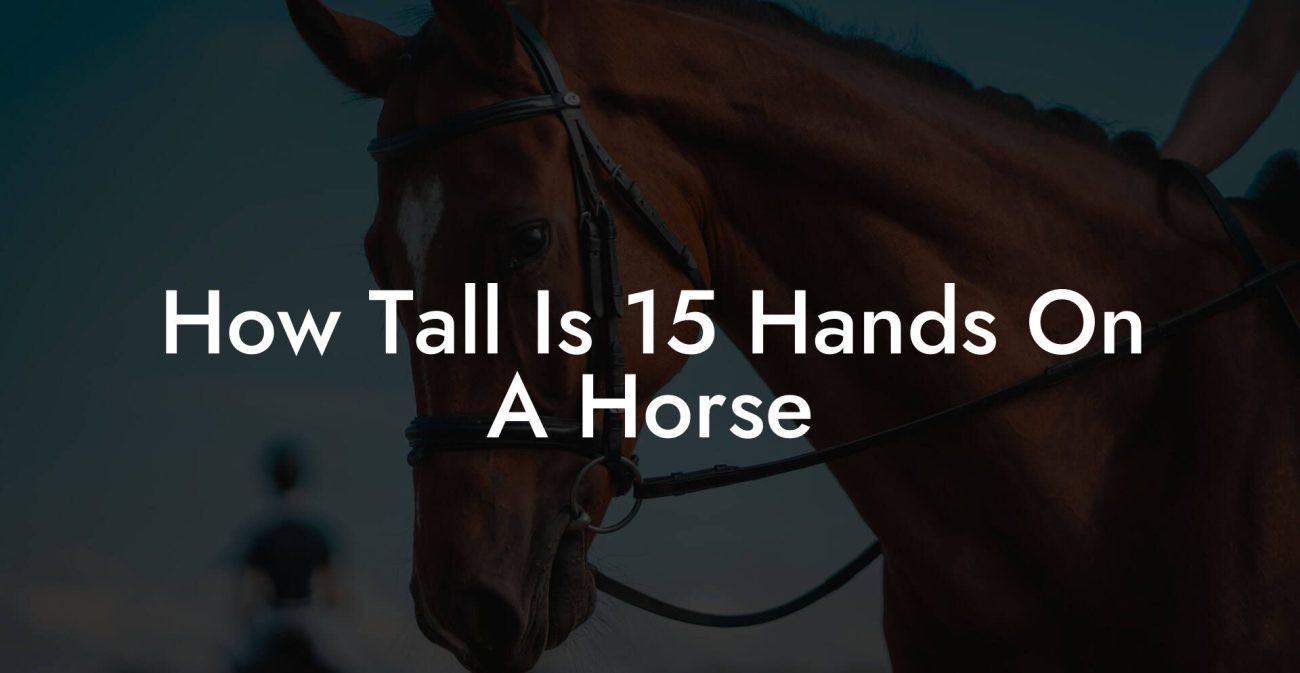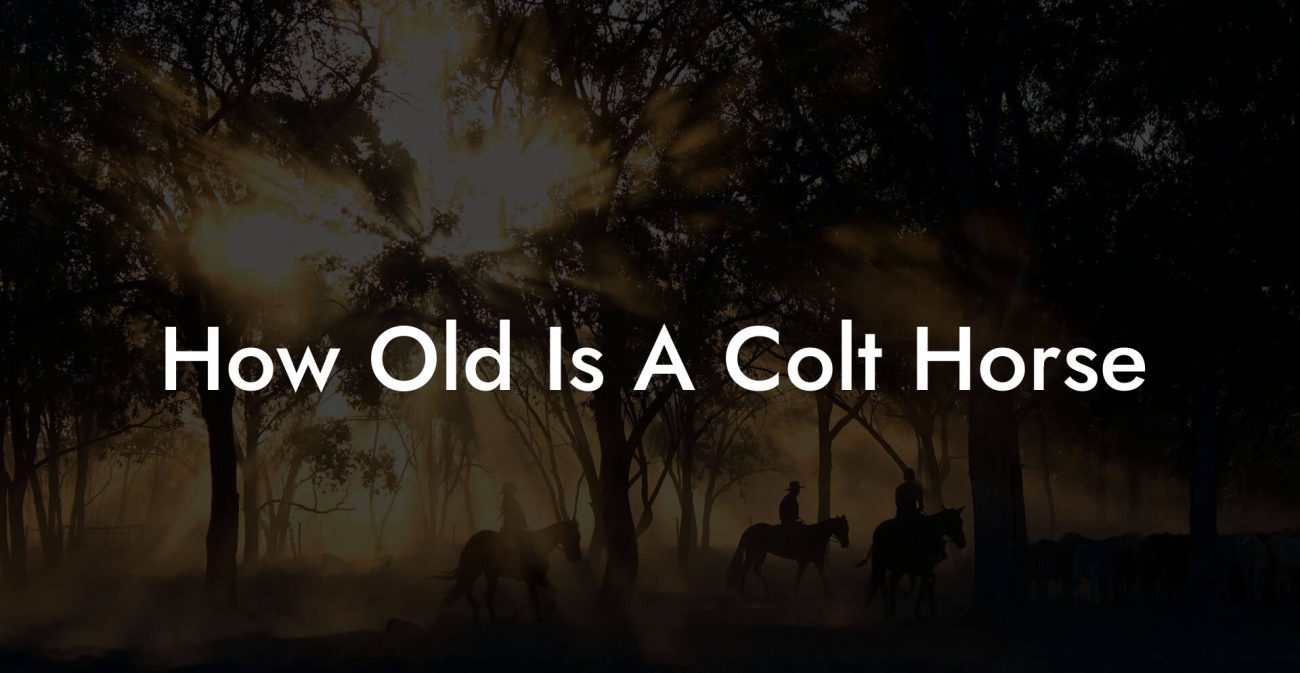Owning a horse is a rewarding experience, but it also comes with its fair share of responsibilities - one of which is ensuring your horse gets the proper nutrients. Choosing the right type and quantity of hay pellets is a key factor in maintaining a balanced diet for your equine companion. In this comprehensive guide, we discuss the importance of hay pellets and provide helpful tips on how to determine the correct amount of hay pellets to feed a horse.
How Much Hay Pellets To Feed A Horse Table of Contents
Understanding the Importance of Hay Pellets
Hay pellets are an essential part of a horse's diet. These compact, easy-to-feed cubes contain all the necessary nutrients to keep your horse healthy and energetic. Here's why they're important:
- Nutritional Value: Hay pellets are made from dried and compressed hay, preserving the natural fiber, vitamins, and minerals that are essential for your horse's overall health.
- Digestibility: They are more digestible than regular hay, making it easier for your horse to extract all the necessary nutrients.
- Convenience and Storage: Hay pellets are compact, easy to feed, and easy to store. They are less messy than traditional hay and can be stored in smaller spaces, making them ideal for barns with limited storage options.
- Reduced Waste: Horses are less likely to waste hay pellets compared to loose hay, which can be scattered and stepped on, leading to a higher percentage of wasted feed.
Determining the Amount of Hay Pellets to Feed Your Horse
The optimal amount of hay pellets to feed your horse depends on several factors, such as their age, weight, activity level, and overall health. Here's a simple guide to help you make an informed decision:
1. Calculate your horse's body weight
Knowing the accurate weight of your horse is crucial to determine their nutritional needs. An easy way to estimate your horse's weight is to use a weight tape. Wrap the tape around the horse's heart girth area and read the estimated weight on the tape.
2. Account for the level of activity
Hay pellet consumption will vary depending on your horse's work or exercise level. Here is the guideline for the hay-based diet depending on the activity level:
- Idle or light work: Feed 1.5 to 2% of their body weight in hay or hay pelleting each day.
- Moderate work: Feed 2 to 2.5% of their body weight in hay or hay pelleting each day.
- Heavy work or pregnancy: Feed 2.5 to 3% of their body weight in hay or hay pelleting each day.
3. Monitor your horse's health
Each horse is unique, and their dietary needs can change over time. Regularly monitor your horse's body condition score, weight, and energy levels, and consult with a veterinarian or equine nutritionist to make adjustments to the hay pellet ration as needed.
4. Introduce hay pellets gradually
If your horse has never been fed hay pellets before, introduce them to the new feed gradually. Start by replacing a small portion of their usual hay ration with hay pellets and gradually increase the amount of pellets while decreasing the hay, over a period of 1-2 weeks.
How Much Hay Pellets To Feed A Horse Example:
Let's assume that you have a 1,000-pound gelding that has a moderate work level. To determine the appropriate amount of hay pellets to feed daily, consider the following calculation:
1,000 (horse's weight) x 2% (hay intake percentage based on moderate work level) = 20 pounds of hay equivalent per day
Consult the feeding guidelines provided by the hay pellet manufacturer to determine the appropriate conversion of loose hay to pellets. For example, if the recommended conversion is 1 pound of hay pellets for every 2 pounds of loose hay, you would need to feed 10 pounds of hay pellets per day (20 ÷ 2 = 10).
Given the importance of hay pellets in a horse's diet, understanding how much to feed your equine friend is crucial. By considering factors such as your horse's weight, activity level, and health, you can easily determine the right amount of hay pellets to provide. Don't forget to consult with your veterinarian or equine nutritionist when making adjustments to your horse's diet, and keep an eye on their overall wellbeing. If you found this guide helpful, make sure to share it with fellow horse owners and explore other informative guides on How to Own a Horse!

